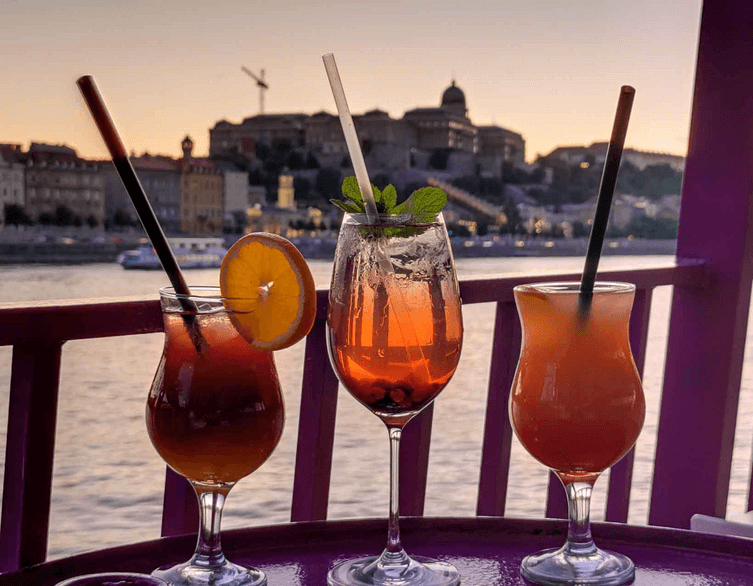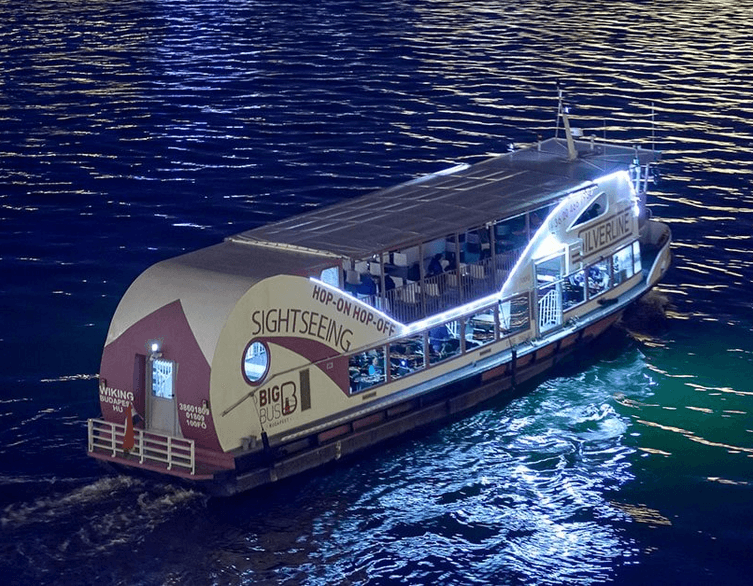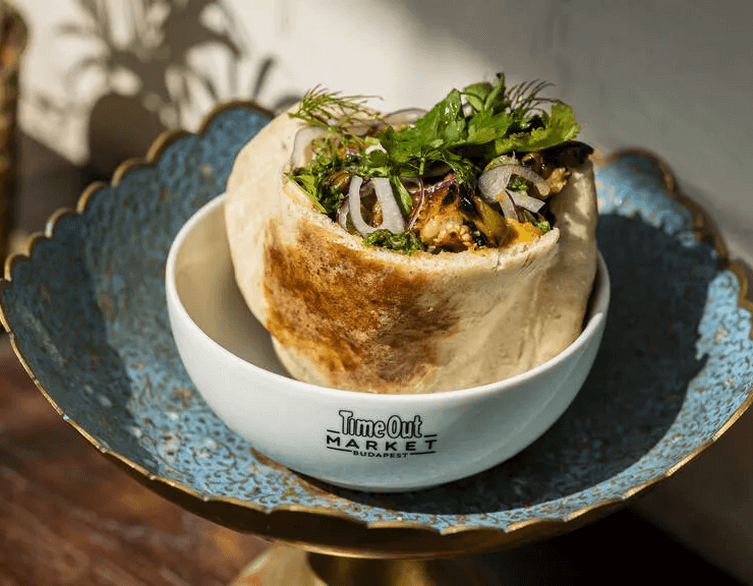How Budapest’s Restaurants Ended Up in Your Search Results

If you are planning a trip to Budapest in 2025, there is a good chance your future dinners are already being decided on your phone. The city’s tourism is growing at record speed, but the real battleground is no longer just in the kitchen or the dining room – it is on Google, Tripadvisor and social media. A recent “Budapest Tourist Monitor 2025” survey, based on answers from more than four thousand visitors from 139 countries, shows that choosing where to eat in Budapest has become a mostly digital decision long before the first glass of Tokaji is poured or the first spoon of goulash is served.
Instead of leaflets, hotel reception tips or wandering the streets in hope of a good menu, around two‑thirds of foreign guests now pick their restaurant or café based primarily on Google or Tripadvisor reviews. In practice, this means that an eatery’s online reputation, photos and rating stars have become just as important as the taste of the food itself. Many visitors shortlist places weeks before arrival, saving maps and bookmarks, and by the time they land at Budapest Airport their must‑try list is already shaped by algorithms, comments and rankings rather than by chance discovery.
The Power and Pressure of Online Reputation
For local businesses, this shift is both an opportunity and a threat. A single negative comment, a string of low ratings or simply the absence of recent, convincing reviews can cut a restaurant out of the tourist flow, no matter how good the kitchen might be. In Budapest’s most visited districts – from the Basilica area and Andrássy Avenue to the Jewish Quarter and the Danube promenade – competition for digital visibility is fierce, and many places now treat their Google profile with the same seriousness as their wine list.
This online “dictatorship of reputation” forces restaurant owners to become active players in the digital space. It is no longer enough to wait for reviews to appear and hope for the best. Successful venues monitor feedback daily, respond politely to criticism, thank guests for positive comments and regularly update their profiles with attractive photos, accurate opening hours and clear information in English. For visitors, this dynamic has a clear benefit: menus are easier to check in advance, prices are more transparent and you can quickly filter places by type of food, atmosphere or dietary needs.
Beyond Goulash: Budapest for Vegans, Vegetarians and Gluten‑Free Travellers
Traditional Hungarian food is still a huge draw. Tourists come looking for gulyásleves, lángos and somlói galuska, and the good news is that you can still find all of these in countless restaurants and market halls across the city. But the same survey underlines how dramatically global eating habits are changing. Around 40 percent of respondents follow some kind of special diet, and roughly every fifth visitor identifies as vegetarian or vegan. For Budapest, this means that classic dishes alone are no longer enough – they must be joined by a new generation of lighter, greener and allergen‑aware options.
You can already feel this evolution when you walk through neighbourhoods like Újlipótváros, around the Great Market Hall, in the Jewish Quarter or on Bartók Béla Boulevard in Buda. Menus increasingly feature clearly marked vegan, vegetarian, lactose‑free and gluten‑free choices. Falafel bars sit next to retro Hungarian diners, stylish plant‑based bistros share streets with old‑school pastry shops, and specialty coffee houses offer oat or soy milk as standard. For foreign tourists, this mix is a huge advantage: you can enjoy hearty local favourites one evening and a modern, health‑conscious meal the next, often without leaving the same area.
Clean Streets, Clear English and Why You Come Back
One of the most encouraging findings of the Tourist Monitor is that more than half of visitors would gladly return to Budapest. The city’s architecture, river views, thermal baths and prices all help, but there is still a sizeable group – about a third of guests – who say “maybe” when asked about coming back. Their hesitation is driven not by big disappointments, but by a few recurring, very practical issues: cleanliness, communication and access to information.
Best deals of Budapest
Cleanliness doesn’t just refer to spotless restaurant interiors, which are now a basic expectation. Many respondents mentioned street litter and untidy public spaces as details that affect their overall impression. The same goes for language. English‑language menus, clear explanations of ingredients and staff who can confidently answer questions in English are not luxuries; for an international city, they are entry‑level requirements. Tourists also expect to find basic information – opening times, kitchen hours, reservation options, prices – quickly and easily online, especially on mobile phones. When a website is outdated, a Facebook page is abandoned or Google shows the wrong hours, it frustrates guests and pushes them towards better‑organised competitors.
All of this links back to something many travellers value highly: personal, human‑centred service. Friendly, attentive staff who can switch to English with ease, explain local dishes and respond to online messages promptly make a powerful difference. In a city like Budapest, where tourism now blends once‑in‑a‑lifetime visitors with loyal “regulars” who return again and again, these details often decide whether someone becomes a long‑term ambassador for the city or just ticks it off their list and moves on.
Cards, Phones and the New Tipping Confusion
Another area where Budapest is changing fast is how people pay. The majority of tourists now prefer digital payment methods – bank cards, contactless terminals and mobile wallets – rather than carrying large amounts of cash. Most central restaurants, bars and cafés are well adapted to this expectation, and even traditional venues increasingly display card logos on their doors. For you as a visitor, it means it is rarely necessary to withdraw huge sums of forints just to cover daily dining.
At the same time, tipping has become a more confusing subject. The spread of digital payments and service charges makes it harder to know what is expected. According to the survey, around 13 percent of tourists never tip at all, and patterns vary by nationality – for example, about a third of Italian guests reportedly skip tipping. In Budapest, many restaurants now add a service charge (often around 10–12 percent) to the bill, which should be clearly indicated on the menu and final receipt. In such cases, guests often either leave no extra tip or only a small additional amount if service was outstanding. Where there is no service charge, leaving roughly 10 percent is still considered a polite norm, but waiting staff are increasingly aware that foreign visitors may be uncertain, especially when paying via terminal screens with preset tip buttons.
What This Means for You as a Visitor
For foreign tourists, all these changes add up to a Budapest that feels much more tuned in to global hospitality standards while still keeping its character. When you search for “best goulash in Budapest” or “gluten‑free brunch near me”, the options you see are the result of years of investment in digital presence by local businesses. You benefit from clearer menus, better dietary labelling, more English‑speaking staff and a growing culture of fast, friendly online communication.
At the same time, your opinions now have real weight. A short review on Google or Tripadvisor, a carefully tagged Instagram post or a quick compliment sent by email can help good places thrive and encourage others to improve. Budapest’s tourist success story increasingly depends on small and medium‑sized businesses that understand this new landscape: they treat Google ratings as seriously as their wine list, they offer vegan paprikás side by side with traditional stew, they answer messages in English late into the evening and they make sure your card or phone works at the end of the meal.
As you explore the city – from riverside bistros with night views of Parliament to tiny coffee shops in backstreets and busy market‑hall eateries – you are not just enjoying Budapest’s famous hospitality. You are also participating in a quiet digital revolution that decides which places rise to the top of the search results, and, ultimately, which flavours future visitors will discover when they follow in your footsteps.
Related news





















